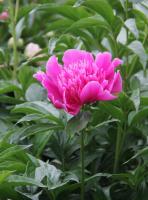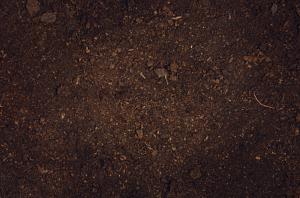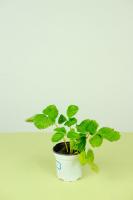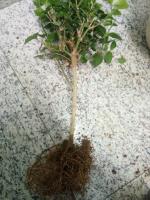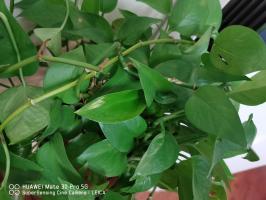1、 Is it suitable for planting
Cherry is widely distributed in the north and cultivated in the south. Because it needs a long time of low temperature environment in the growth process. Help it enter the dormancy period, accumulate nutrients and prepare for flowering and fruiting. The higher temperature in winter in the south is easy to shorten its dormancy period. It leads to the lack of nutrients during plant growth, resulting in less flowers and fruits. However, some varieties need low cooling capacity and are suitable for planting in the south
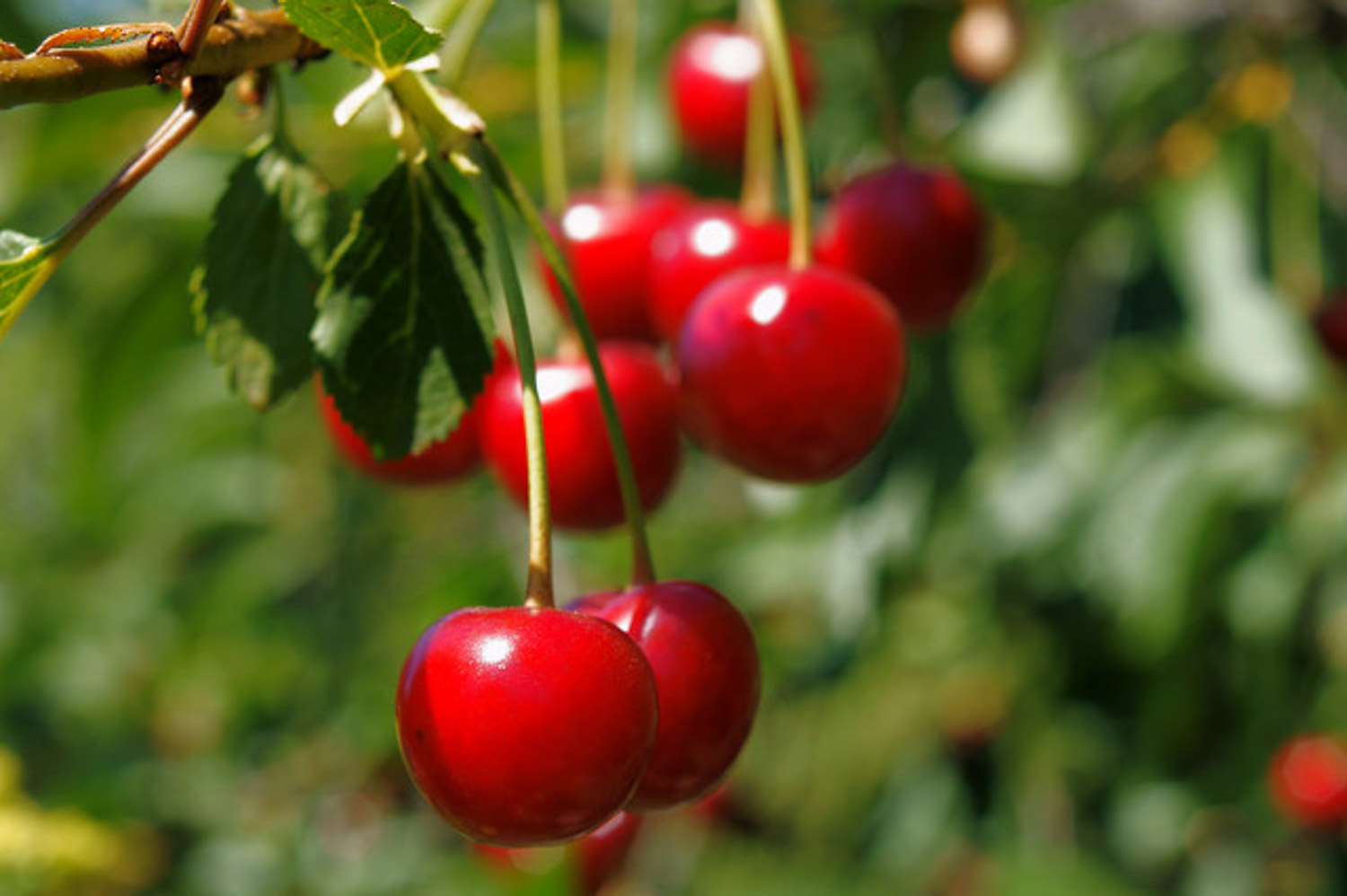
2、 How to raise it
1. Variety selection: most cherry varieties need a long time of cold environment to store nutrients for dormancy. However, some varieties have low cooling capacity, such as Wupi cherry, yellow lantern cherry, Hongfei cherry and so on. Although the fruit is small, it tastes sweet and can adapt to the climate of the south
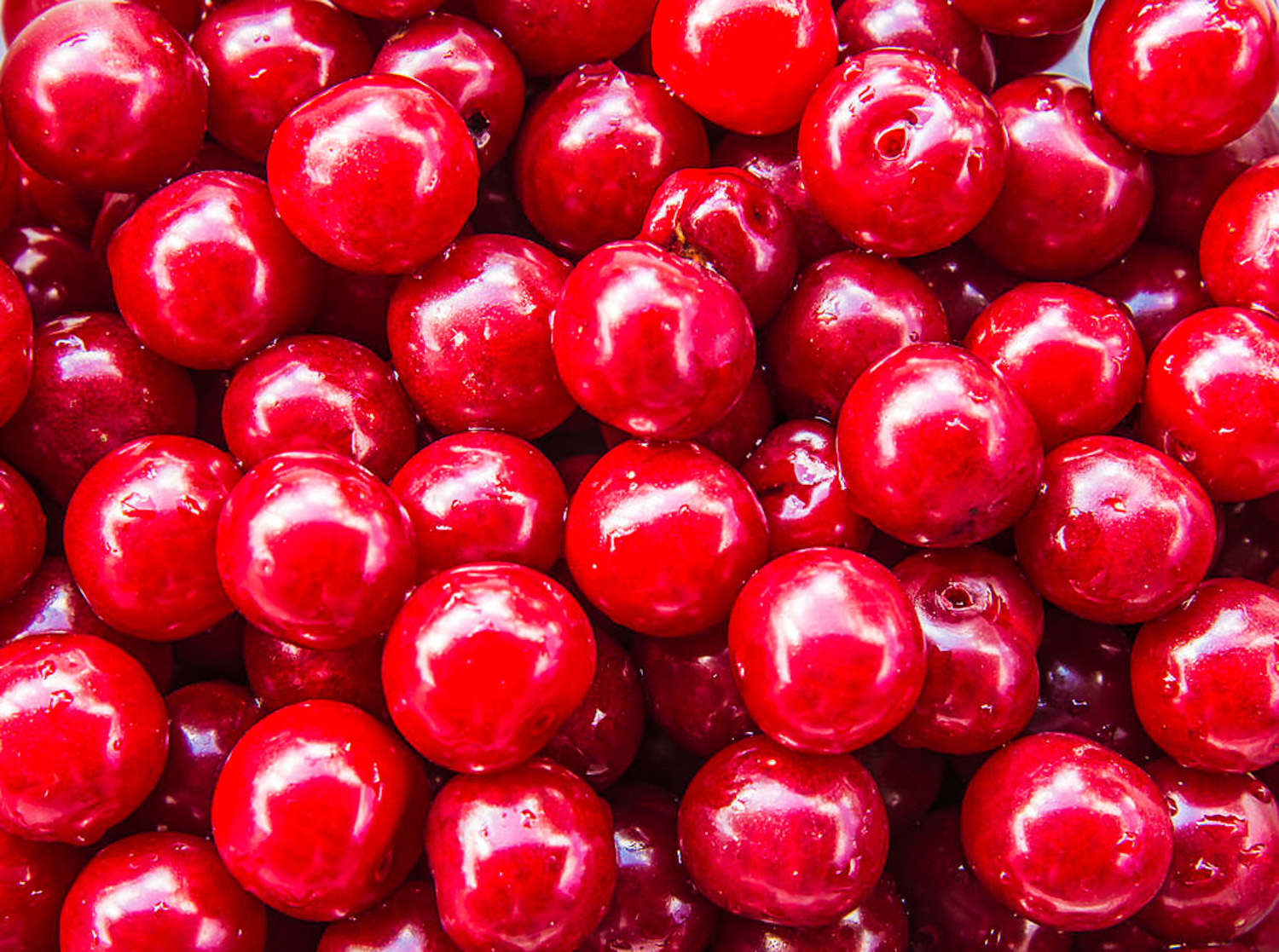
2. Shelter from the rain: cherries usually mature from May to June, which is often the rainy season in the south. Being exposed to rain will not only reduce production, but also easily lead to diseases. And cherries are afraid of waterlogging and need to put up a shed to avoid rain
3. Improve soil quality: cherry is suitable for growing in loose and fertile soil, while the soil in the south is sticky and easy to harden. Sandy loam can be selected for cultivation. At the same time, loosen the soil regularly, but don't hurt the root

4. Supplementary fertilizer: due to the short dormancy period and less stored nutrients of cherry in the south, more fertilizer can be applied to provide nutrients for flowering and fruiting. The application of nitrogen fertilizer at the initial flowering stage can promote the flowering. At full flowering stage, urea and potassium dihydrogen phosphate were sprayed on the leaves to improve the fruit setting rate. After fruit picking, the quick acting compound fertilizer is used to supplement nutrients to prepare for flower bud differentiation in the second year

 how many times do yo...
how many times do yo... how many planted tre...
how many planted tre... how many pine trees ...
how many pine trees ... how many pecan trees...
how many pecan trees... how many plants comp...
how many plants comp... how many plants can ...
how many plants can ... how many plants and ...
how many plants and ... how many pepper plan...
how many pepper plan...
